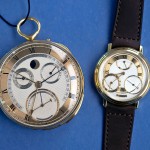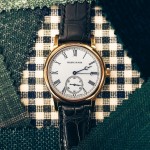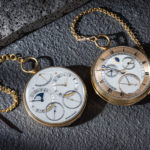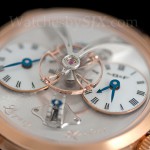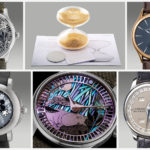Highlights: Independent Watchmaking at Phillips’ ‘Retrospective: 2000 – 2020’
The great and contemporary.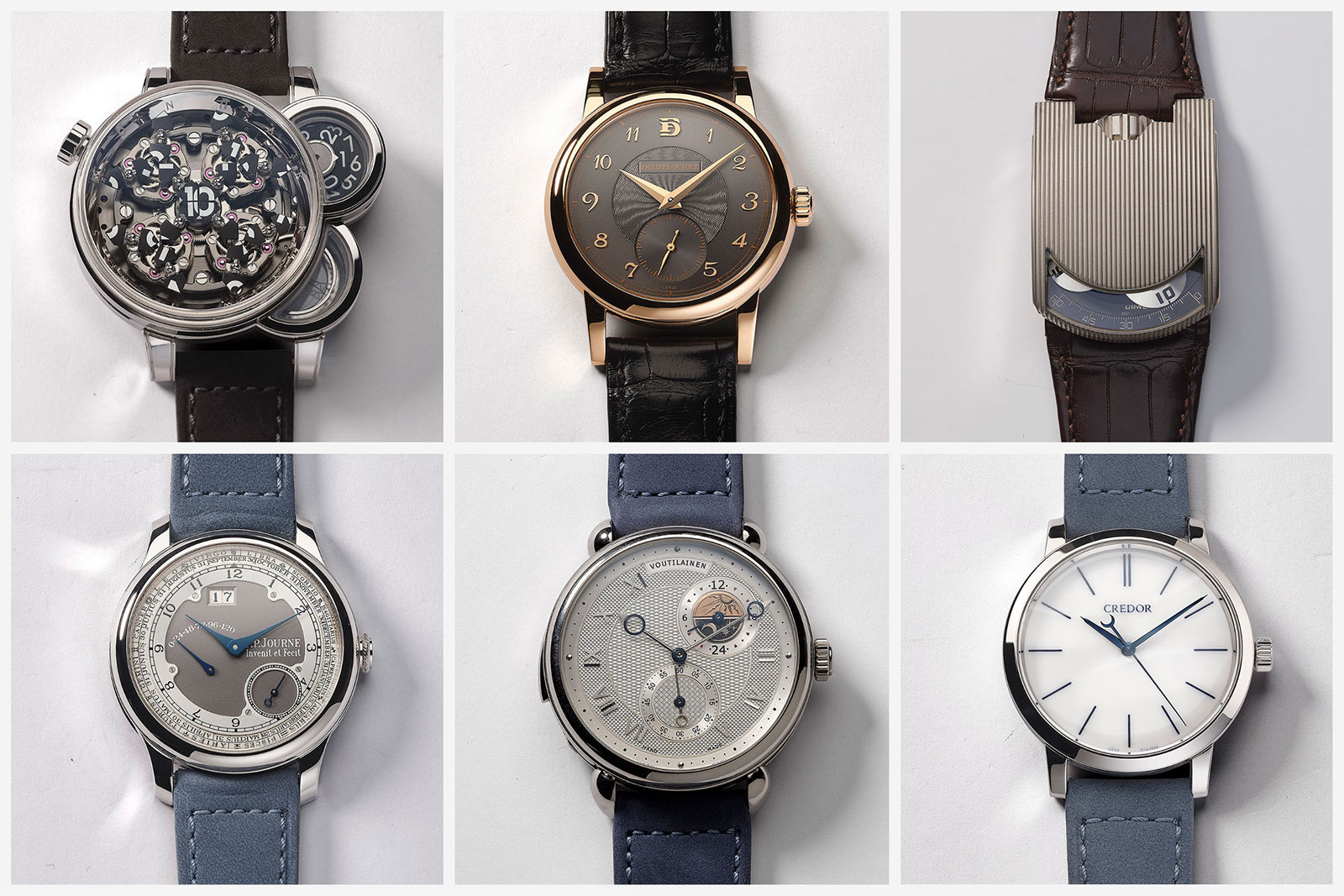
Taking place this weekend as a live auction with only cameras, telephones, and online bidding, Retrospective: 2000 – 2020 is a thematic sale that happens the day after Phillips’ Geneva watch auction.
The second sale curated with Blackbird, both the publisher of a watch magazine as well as the agent for Ferrari in Hong Kong, Retrospective: 2000 – 2020 is self explanatory: contemporary wristwatches produced in the past 20 years.
The 95 lots that make up the sale are a selection of the important, interesting, and intriguing from the last two decades, including obvious candidates like the Rolex Daytona and Patek Philippe ref. 5970. And the sale also includes notable watches that usually go under the radar, like the Breguet Classique Chronometrie 7727 with magnetic balance pivots (which is possibly the most accurate Swiss-made mechanical watch of the 21st century).
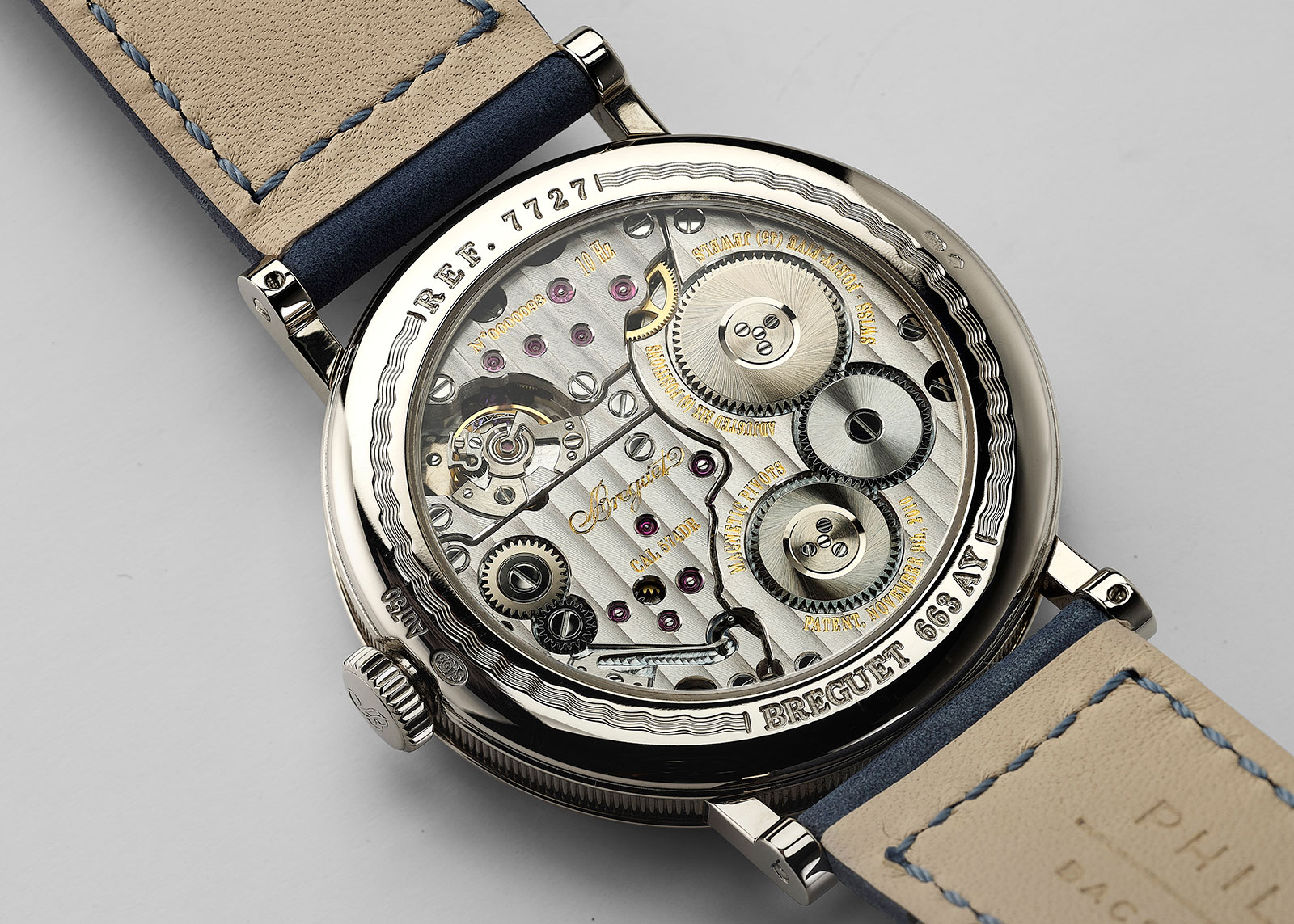
The Breguet Classique Chronometrie 7727 (lot 258)
Importantly, the line up also encompasses a diverse selection of independent watchmaking, reflecting the rise of these niche watchmakers. Here’s a roundup of highlights from independent watchmakers, which include the Philippe Dufour Simplicity 20th Anniversary and the ultra-rare Opus Eleven.
The selection includes the worthy Seiko Credor Eichi II and Lange 1 25th Anniversary. Neither comes from an independent watchmaker, but both are as close as it gets for establishment brands.
Lot 206 – Philippe Dufour Simplicity 20th Anniversary No. 00/20
Philippe Dufour is marking the 20th anniversary of his definitive timepiece with a more elaborate version of the time-only watch, which is certainly the final, and arguably the most important, version of the Simplicity to date.
The key feature that sets this apart from the standard models is the hunter case back. Hand engraved on its inside, the hinged lid lifts to reveal the movement, which is numbered from “00/20” to “20/20”.
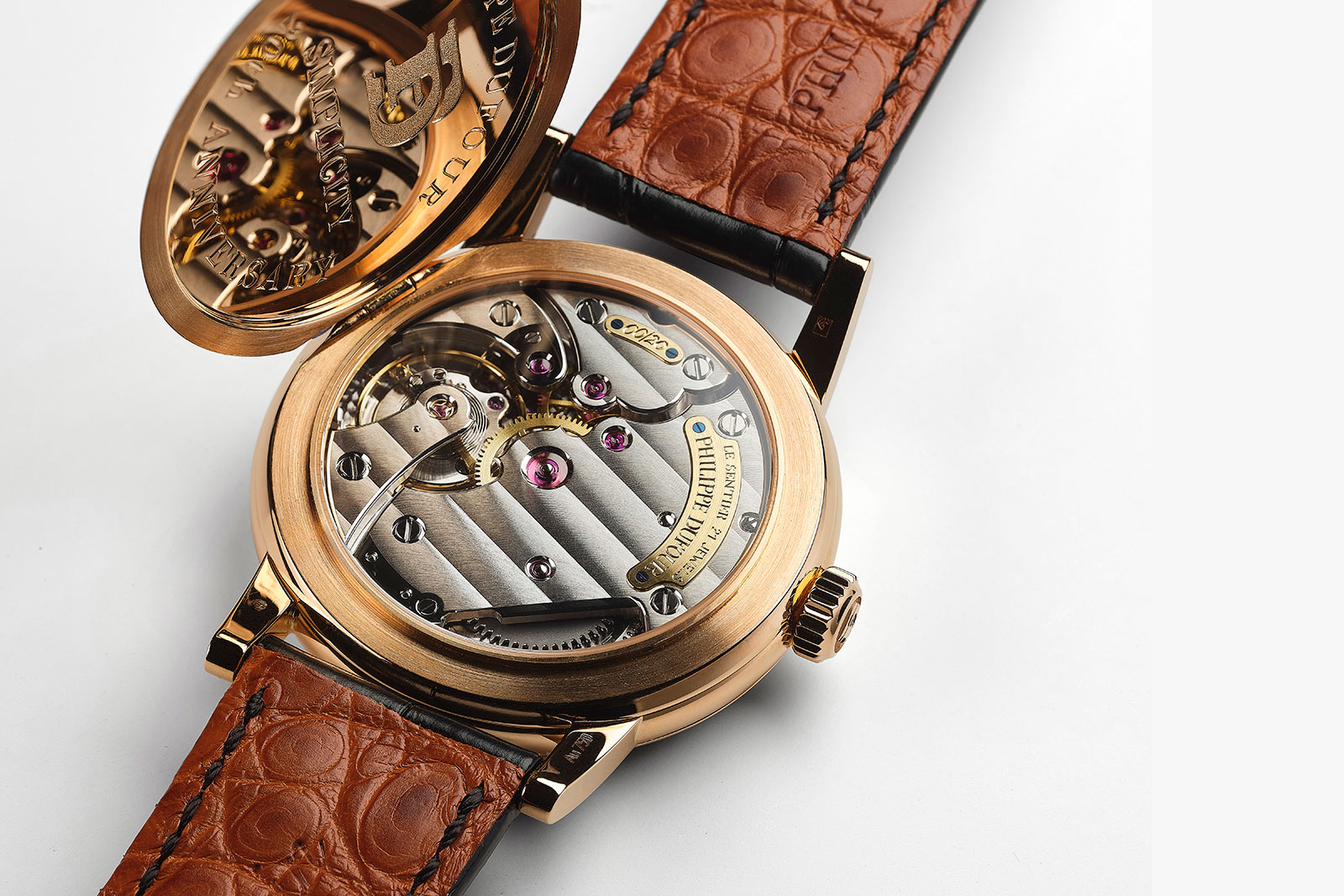
Though this has an unusual dial featuring Breguet numerals for the hours as well as a large “PD” logo at 12 o’clock – one that’s too big for me – it is not a dial specific to the anniversary Simplicity. The buyers of each of the remaining watches in the edition will be able to specify a dial design with certain parameters.
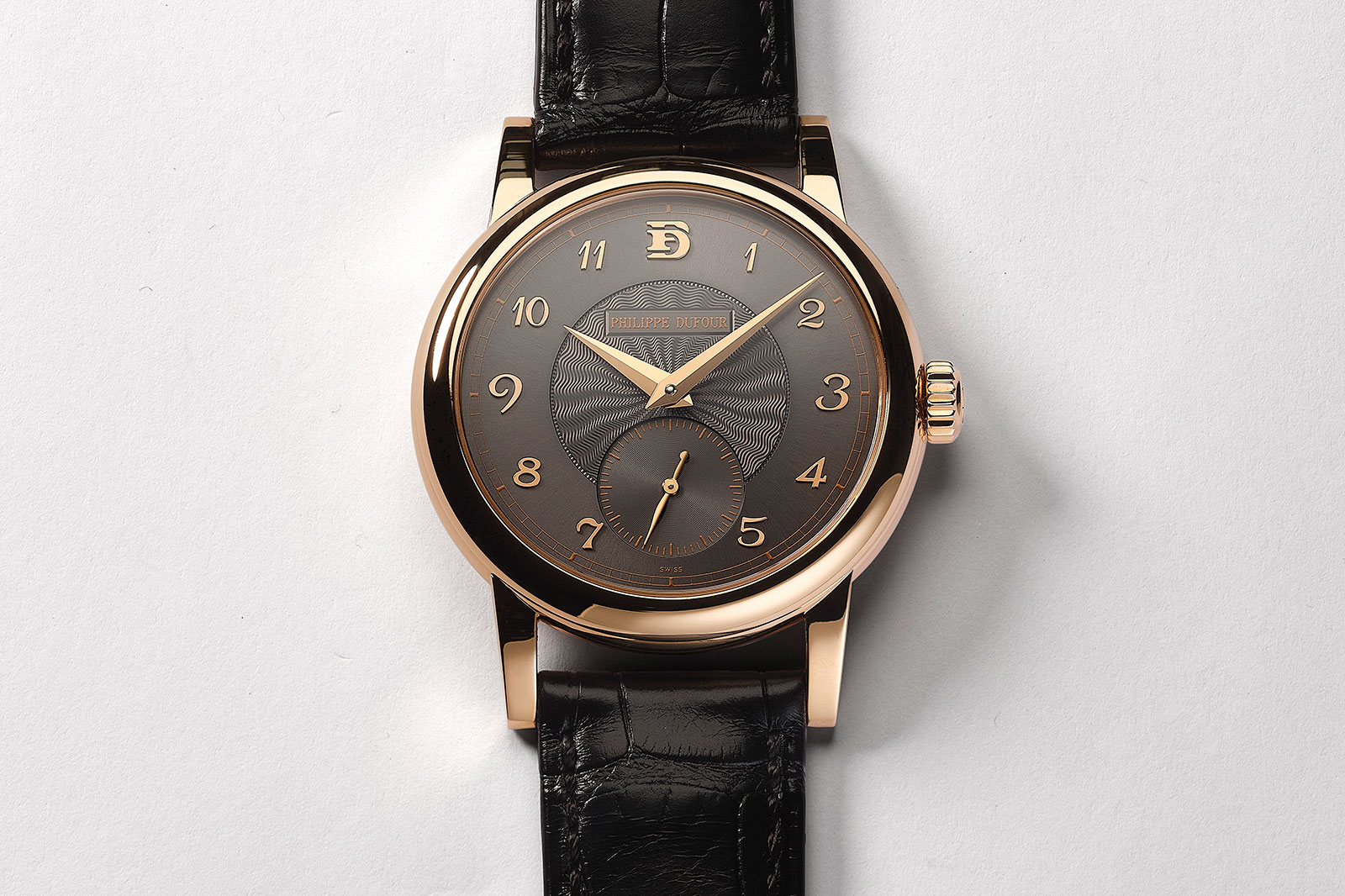
Only 21 of these will be made, with seven in each metal – platinum, rose or white gold. Mr Dufour will be keeping one of the platinum examples for himself, while the very first watch – not a prototype strictly speaking but numbered “00/20” – is going under the hammer here.
The rest of the 19 in the series were swiftly spoken for after the watch was announced, so this will probably be only one available for a long, long time. The estimate is CHF200,000-400,000, but with the last Simplicity that went on the block in October 2020 having sold for over US$660,000, the estimate should be handily exceeded.
Lot 207 – F.P. Journe Octa Zodiaque^
One of the most intriguing and under-appreciated F.P. Journe watches, the Zodiaque was launched in 2003. It’s a calendar watch that shows the date, month as well as sign of the zodiac on a wide external ring. Like many other early F.P. Journe watches, it was inspired by pocket watches from the century before, which occasionally had a similar zodiac displays.
Perhaps because of its esoteric function – and numerous problems with its calendar mechanism early on – the Zodiaque has never achieved the popularity of better-known F.P. Journe watches, but it nonetheless claims several firsts – and a last – for the brand.
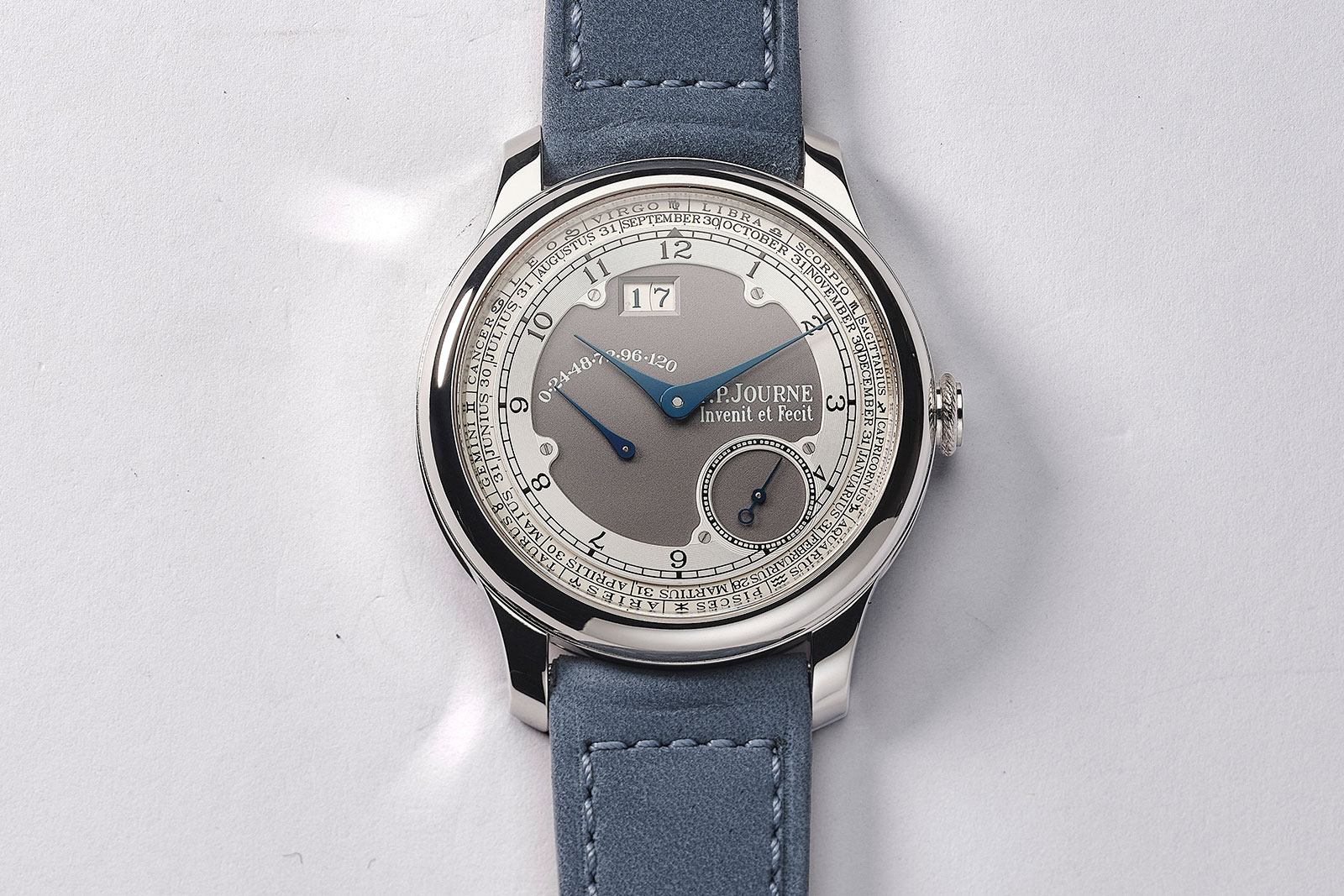
It was the first F.P. Journe to have central hands – instead of the its signature sub-dials – and also the first F.P. Journe limited edition; the brand itself was founded just four years before.
And it was the last model to have a brass movement, as a year later F.P. Journe started using 18k red gold for the bridges and base plates of all its calibres.
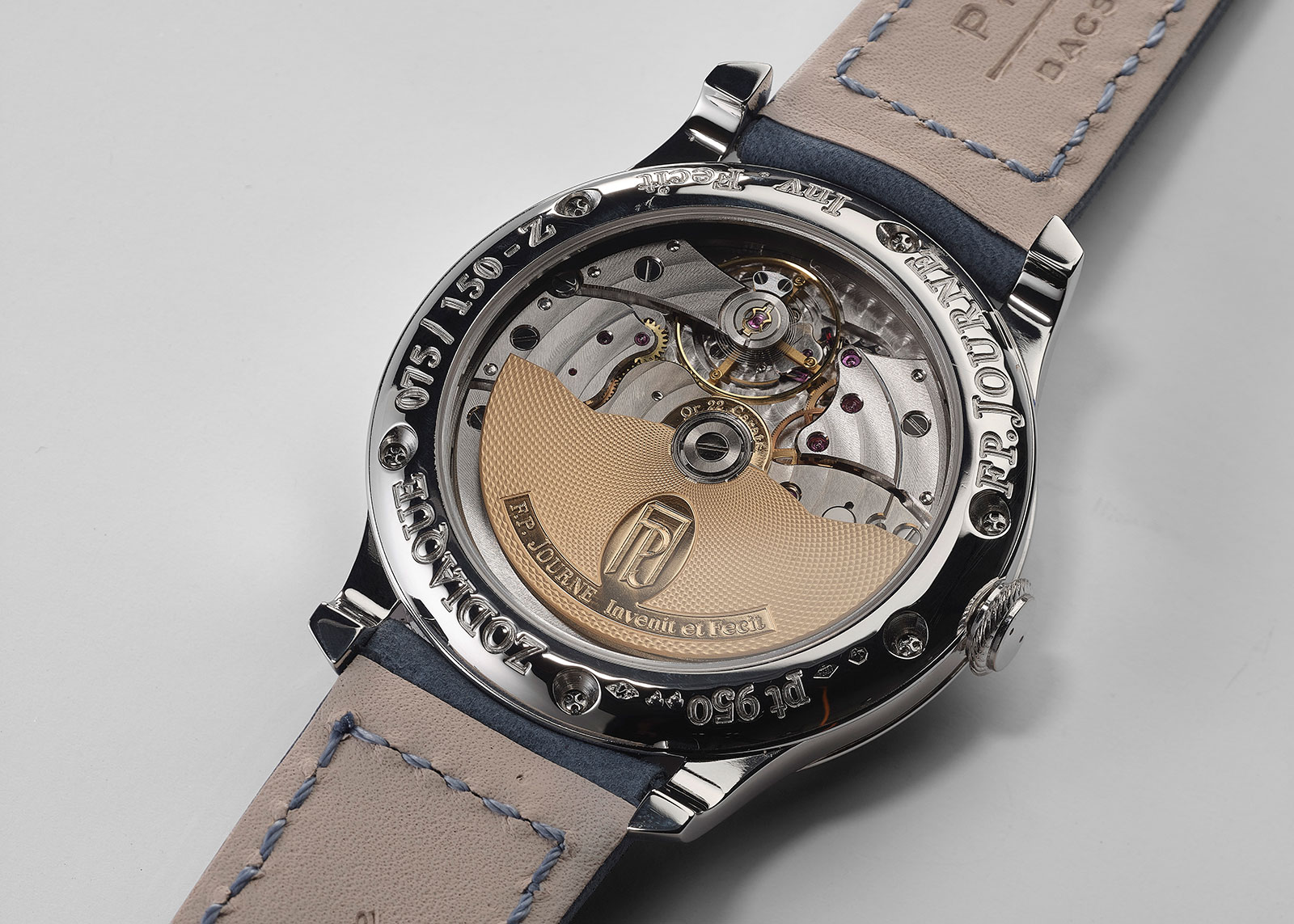
The movement material also makes it unique, as its is one of the handful of models that have both a 40 mm case and brass movement (majority of brass movements went into the first-generation 38 mm case).
This is one of 150 made, and has an estimate of CHF25,000-45,000.
Lot 208 – F.P. Journe Octa Calendrier in stainless steel
Appropriately enough, the next lot after the Zodiaque is a watch made to mark the end of the 38 mm case size in 2015, when the brand moved exclusively to 40 mm and 42 mm cases.
For the occasion, F.P. Journe created the Coffret 38 mm, a set of five watches with 38 mm steel cases. Limited to 38 sets, the edition was executed in the classic F.P. Journe livery of a white metal case with a gold dial, except the case was steel and the dial a matte mustard.
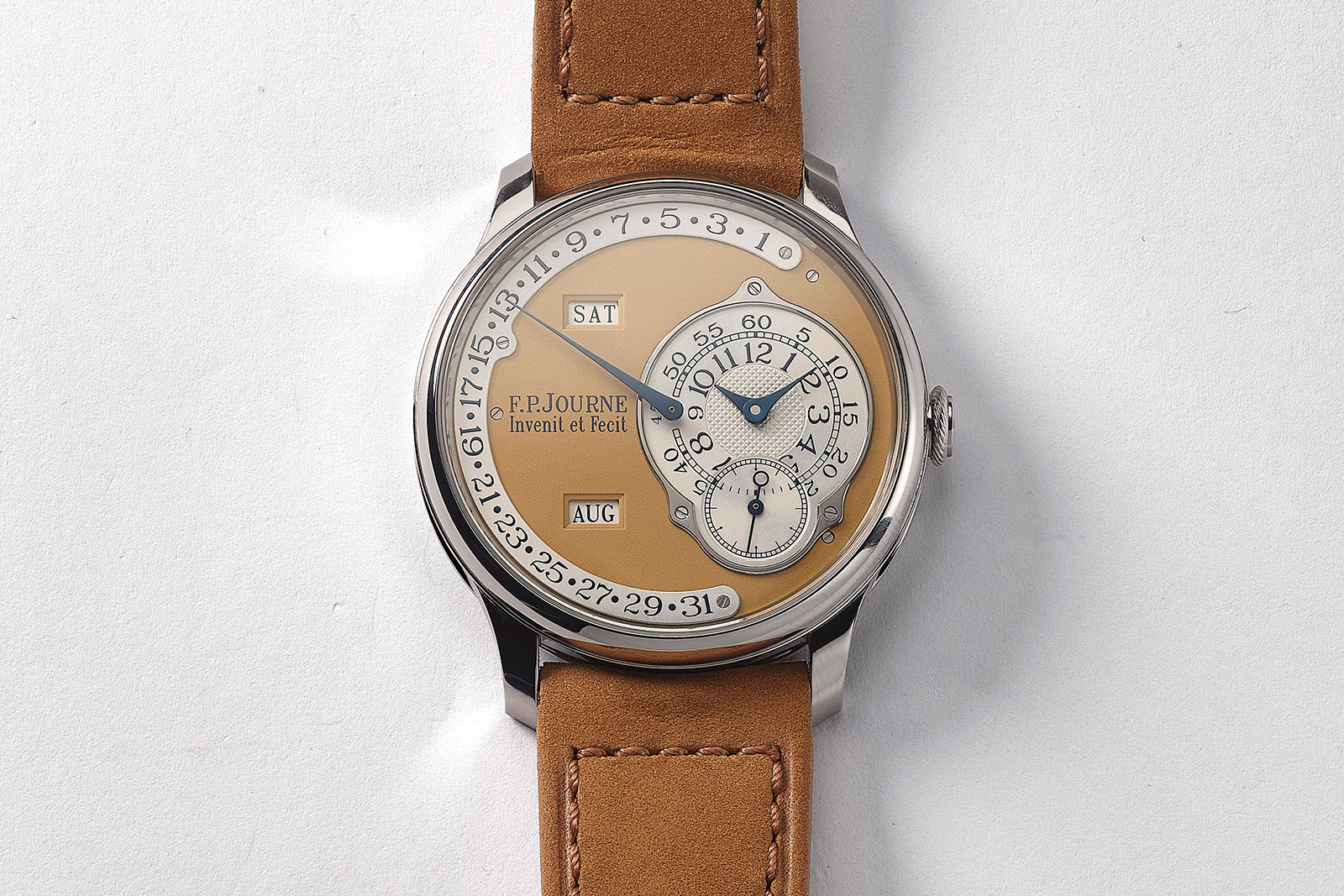
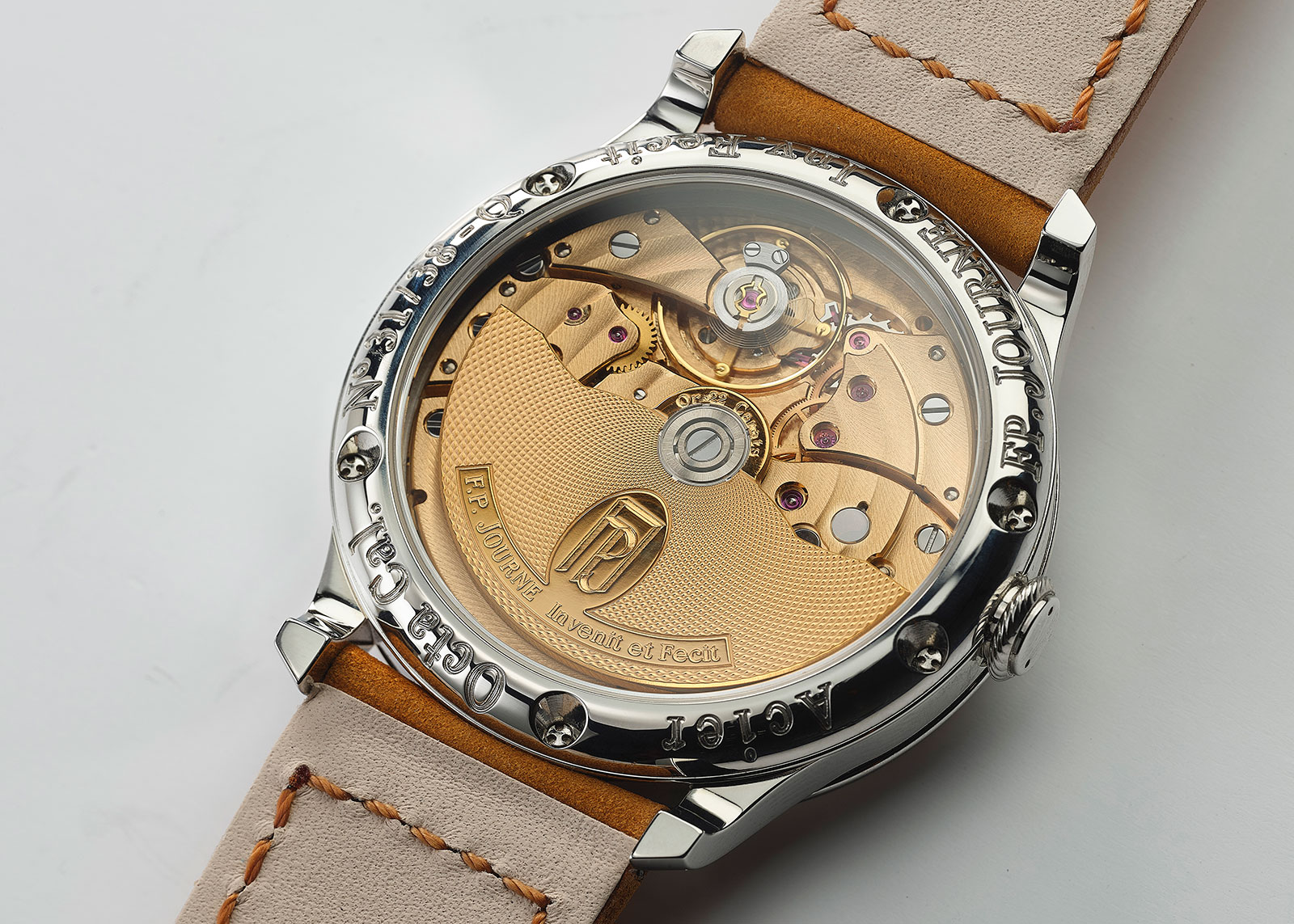
This example is an Octa Calendrier from one of the sets. It’s an annual calendar that exemplifies the original concept of F.P. Journe’s calendar watches – small windows for the day and month along with an extra-large scale for the retrograde date – that was quirky and original. The brand has since switched to oversized windows for the calendar, which are legible and symmetrical, but less distinctive.
This has an estimate of CHF30,000-60,000.
Lot 212 – Roger Dubuis Hommage H40 monopusher chronograph
An elegant watch inspired by mid-20th century watches, this Hommage chronograph is reflective of the style of early Roger Dubuis watches.
The brand specialised in vintage remakes two decades before they were fashionable, making it a pioneer of sorts. Its prevailing aesthetic in the years after it was founded was elegant and well proportioned, but not entirely original. Instead the style was generously derived from vintage watches of Patek Philippe and its peers (where Dubuis once worked).
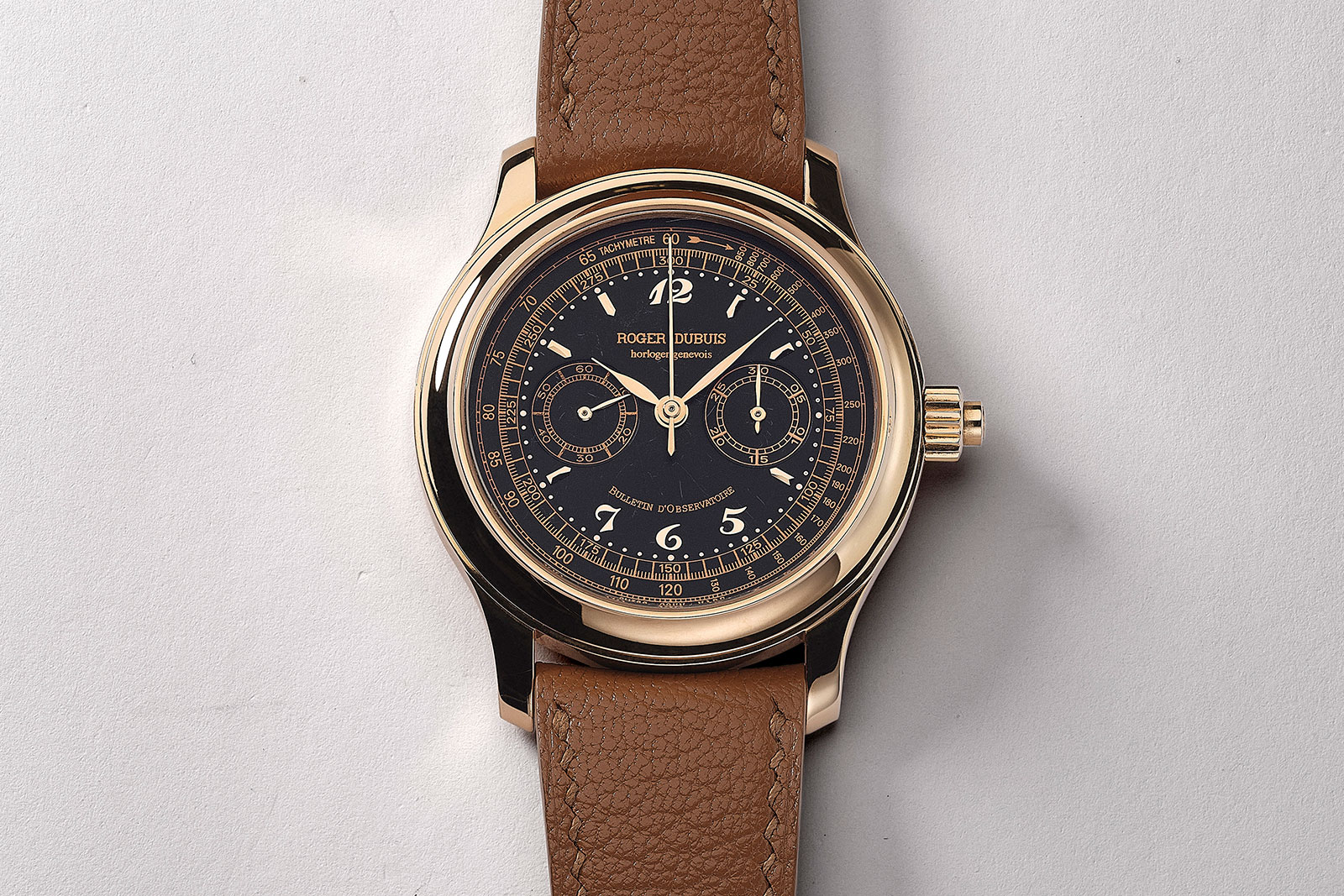
Roger Dubuis produced a great variety of this model, but the one one offer is one of the more attractive versions with its high-contrast, black-and-gold livery accented with Breguet numerals and a small arrow for the tachymeter scale.
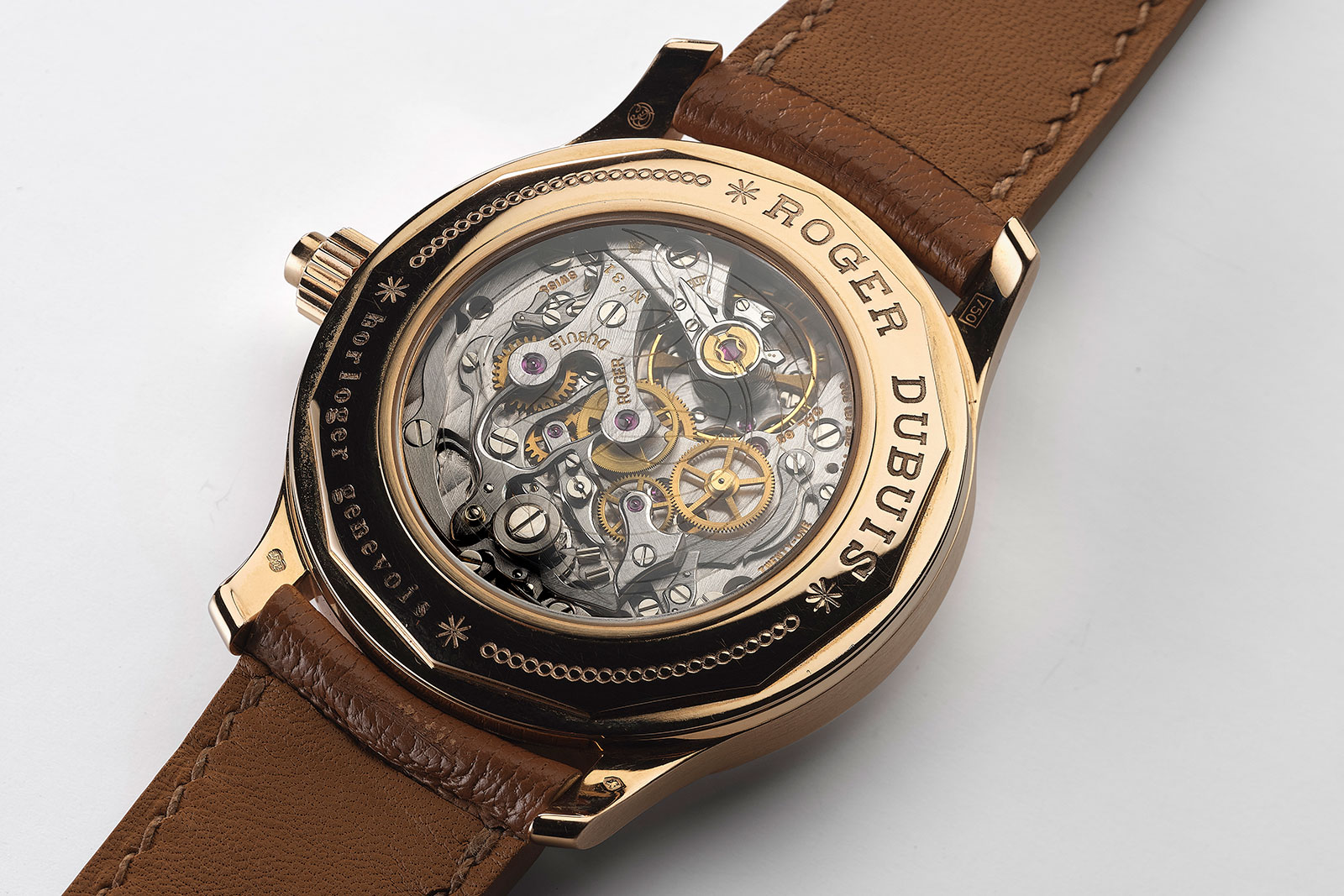
More importantly, this example is an uncommon one-button model equipped with a Lemania 2320 movement modified to reduce the standard two pushers to a single button within the crown.
The estimate is CHF20,000-40,000, which is still good value and well below the steep prices now being asked for similar watches.
Lot 214- A. Lange & Söhne Lange 1 25th Anniversary
There are a great many Lange 1s that often seem equal, but some are more equal than others. Launched only last year for the 25th anniversary of the brand, this limited-edition Lange 1 is one of the most appealing version of the watch.
Calling to mind a Lange 1 model from the early 2000s (the ref. 101.027X for the nerds), this has a simple, blue-and-silver dial with a two-tone finish, as well as a hefty hunter case back that is typically only found on far more expensive models.
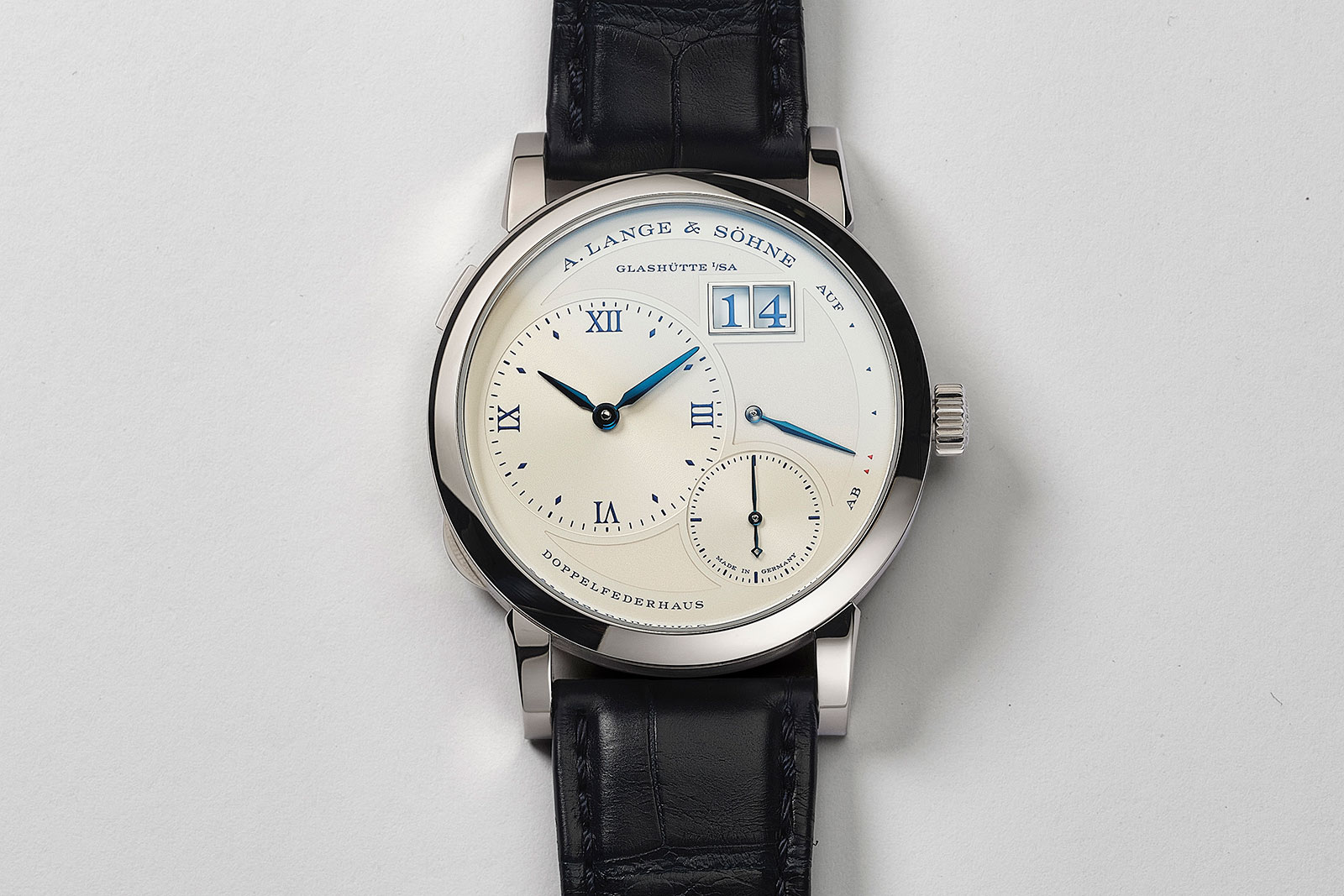
It’s complete with all boxes and papers, and has a competitive estimate of CHF20,000-40,000, which is substantially below the retail price of about US$50,000.
Lot 220 – Richard Mille RM005 Felipe Massa
One of the brand’s earliest limited editions, this is a quintessential example of early, time-only Richard Mille. A compact and lightweight watch that is more restrained than the Richard Mille watches of today, the RM005 was the brand’s first base model with no complications.
This particular edition was made for Felipe Massa, the Brazilian Formula 1 who was, and still is, a “friend of the brand”. When this was launched in 2007, Mr Massa was an up and coming success who had only just joined Scuderia Ferrari, making this very much a hot watch of the day.
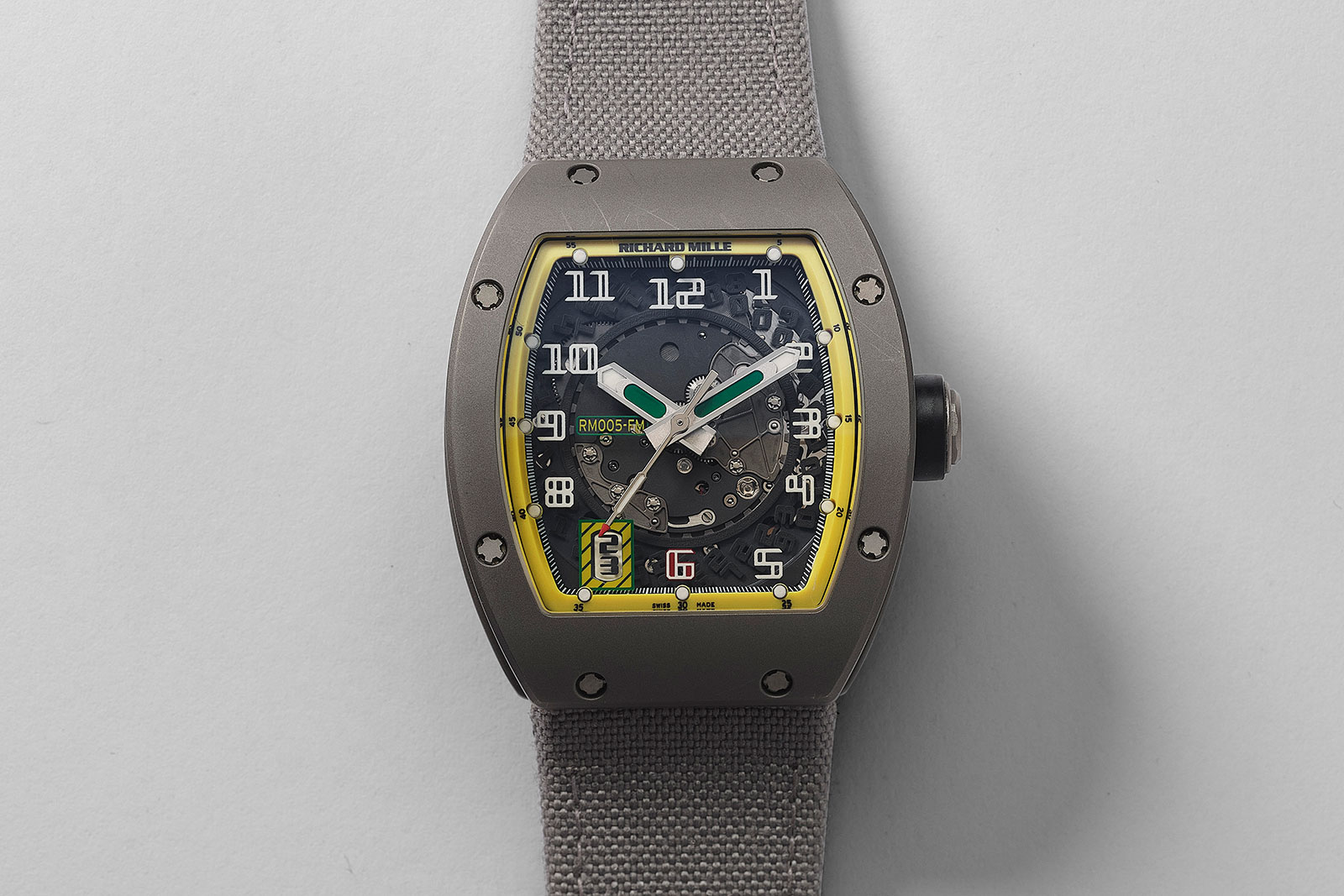
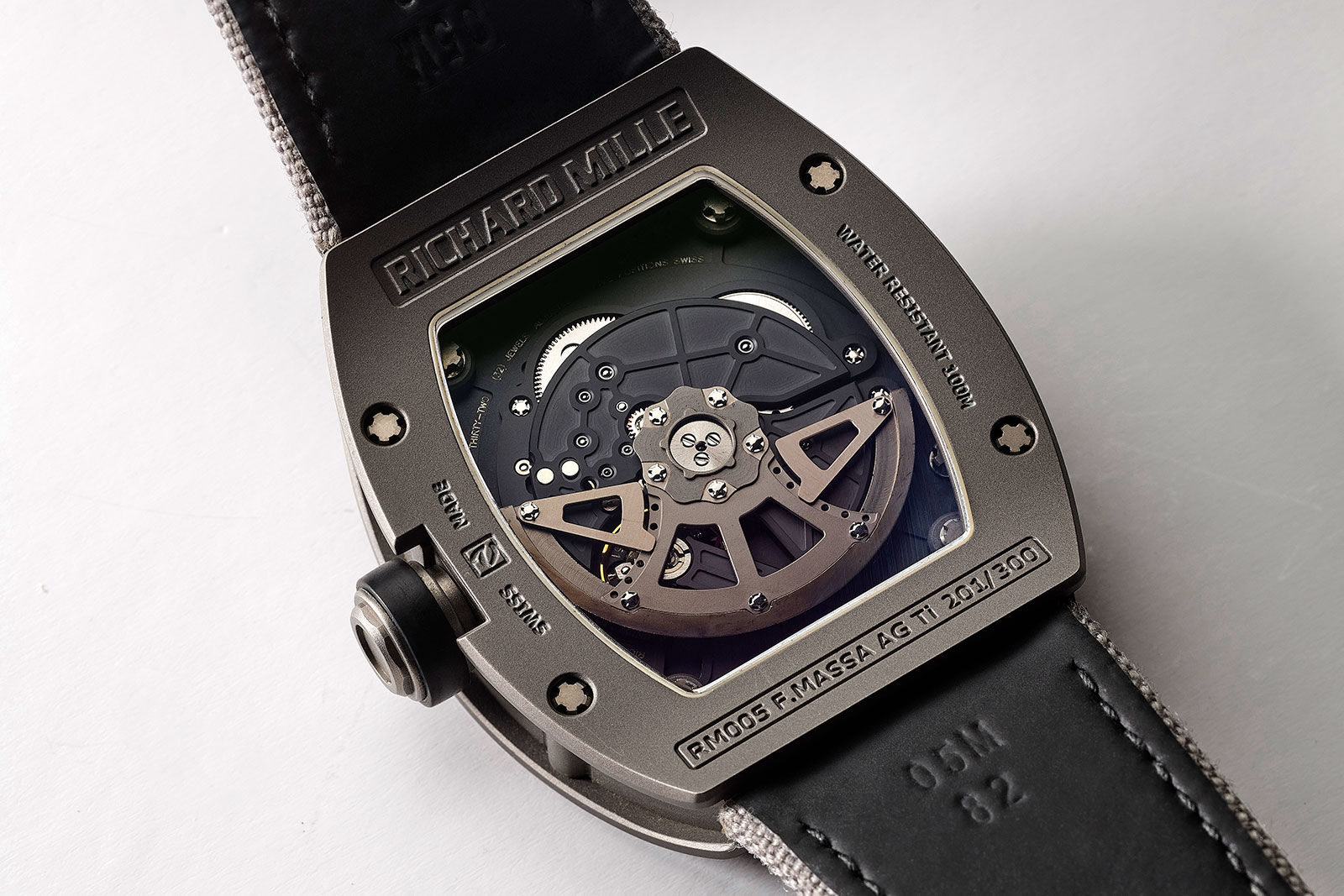
The watch is clad in the colours of the Brazilian flag, and has a fine sandblasted case finish, an unusual feature for Richard Mille watches at the time. Though brittle and susceptible to marks, the sandblasted finish fits the techno-mechanical aesthetic of Richard Mille perfectly. This particular example shows minor wear on the case finish, which is an indication it retains the original factory finish.
The estimate is CHF25,000-45,000. It will sell for more the high estimate, but it is still far more affordable than newer Richard Milles.
Lot 230 – Urwerk UR-103.01 EW
Though not the first wristwatch created by Urwerk, the UR-103 was the watch that put the brand on the map. Although the time display was inspired by the 17th century wandering hours complication invented by Roman clockmaker Pietro Tomasso Campani, Urwerk installed it inside a space-age watch case.
With the time only visible through a narrow window at the bottom of the case, the UR-103 was arguably the first wristwatch of the sci-fi school of design, which has now become the trademark of the brand. This has a massive, 18k white gold case with a narrowly fluted front and a brushed case back that is also in gold, unlike subsequent models that had titanium backs.
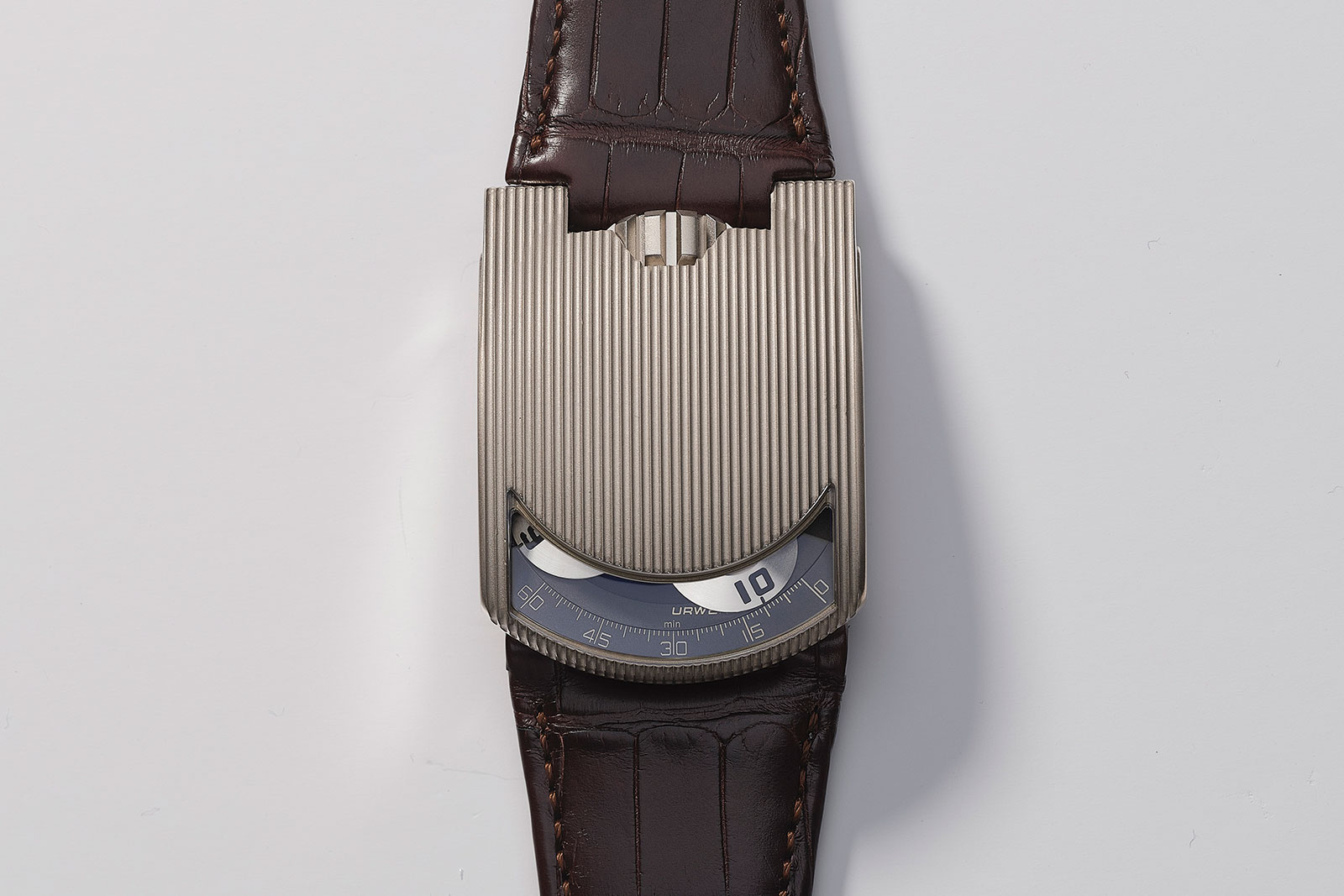
Despite its weighty case and avant-garde time display, the UR-103 is powered by the robust and basic Peseux 7001. But Urwerk installed not only a wandering hours module on the front, but also a “control panel” on the back that indicates the power reserve as well as the minutes and seconds for the time.
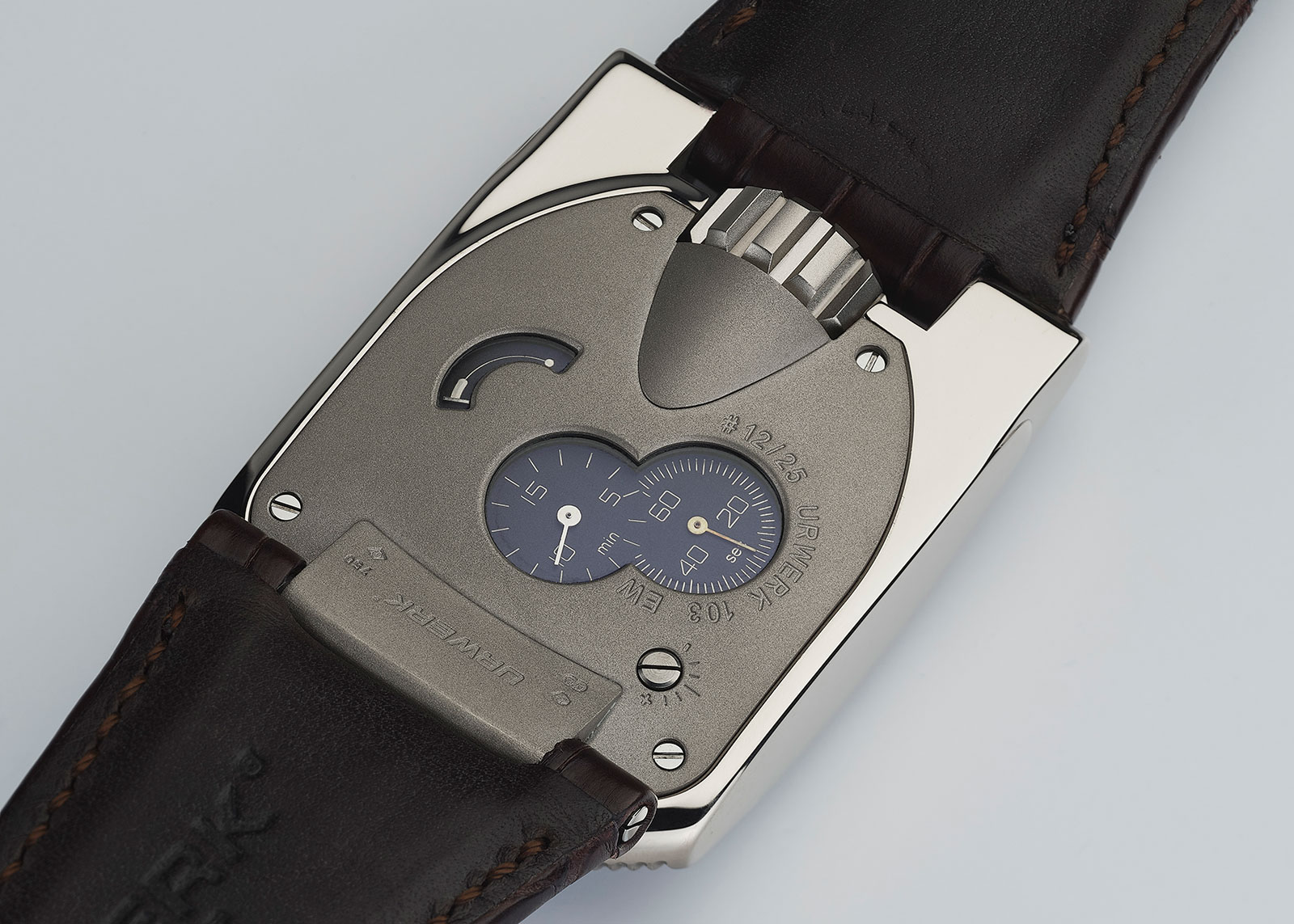
This has an estimate of CHF15,000-25,000, comparatively little money for a significant piece of contemporary watchmaking.
Lot 259 – Urban Jurgensen Ref. 11C prototype
The realisation of the long-held dream of the late Peter Baumberger, the former owner of Urban Jurgensen, the Ref. 11C by the P8 movement was an achievement from a historical perspective – the first-ever serially-produced wristwatch with a detent escapement when it was unveiled in 2011.
The standard in escapement in 19th century marine chronometers, the detent escapement was exceptionally accurate but neither shock resistant nor self starting, meaning it would stop when subject to impact and then require delicate efforts to restart. As a result, it was impossible to implement in a wristwatch.
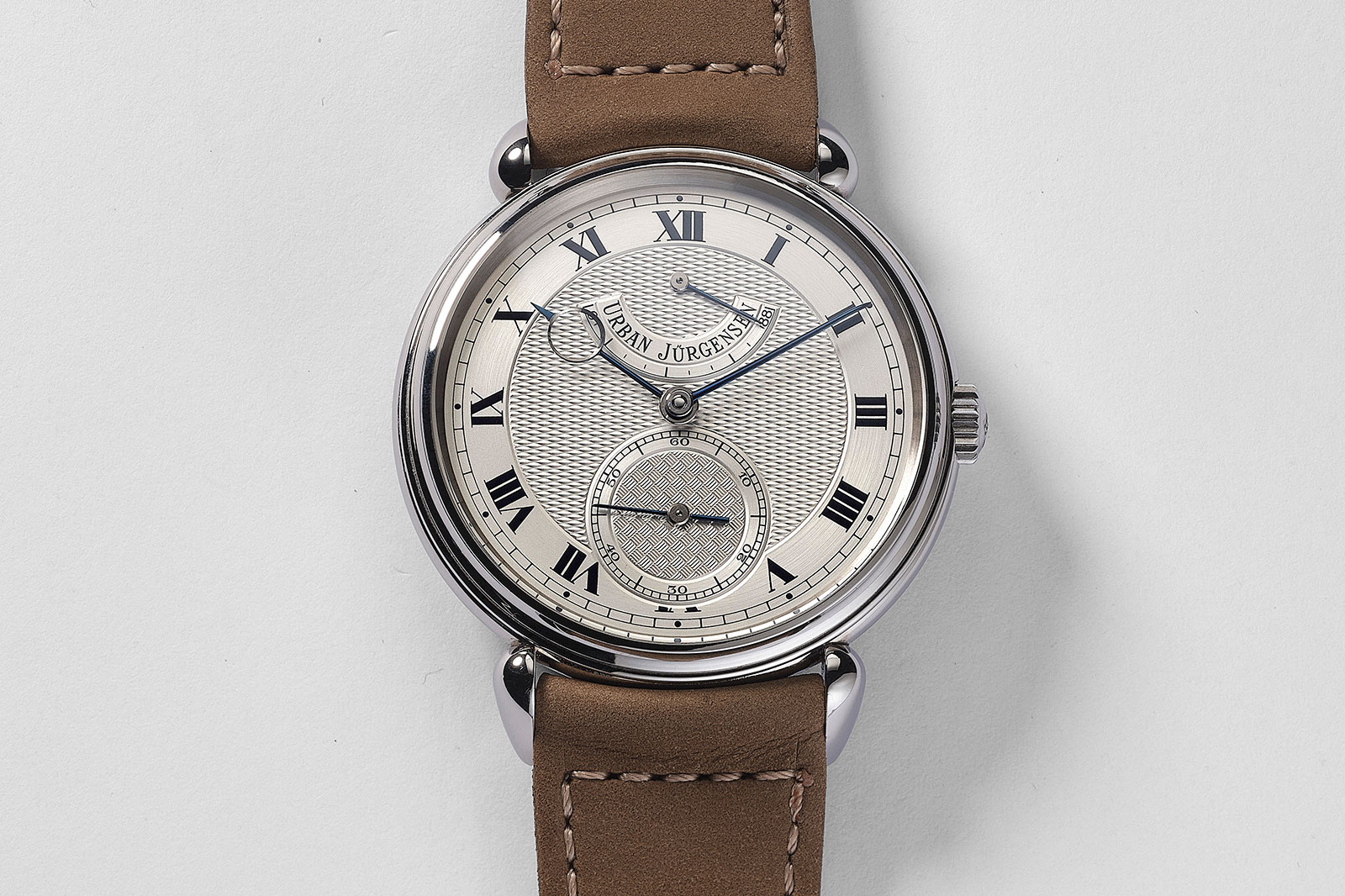
But thanks to the work of Derek Pratt, the go-to watchmaker for Urban Jurgensen under Baumberger, and subsequently complications engineer Jean-Francois Mojon and Kari Voutilainen, the detent escapement was refined and improved to a point where it was robust enough for the wrist.
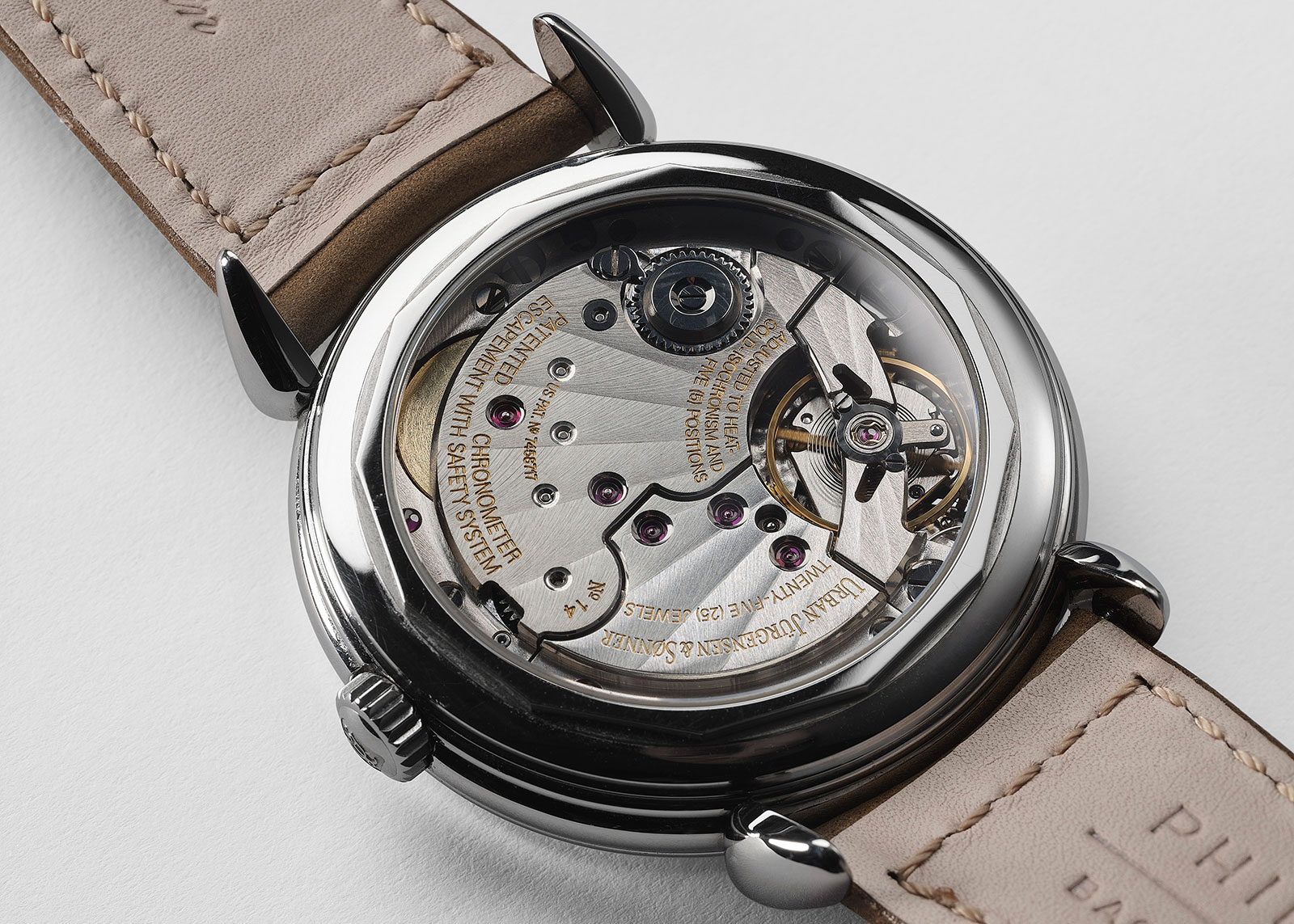
According to Urban Jurgensen, 40 prototype movements were made, and only 25 were installed in cases – in pink gold, platinum or steel – to create a finished watch. Each of the 25 had a different dial, and most were never sold.
Importantly, this watch is from the collection of Dr Helmut Crott, who acquired the brand after the passing of Baumberger. It is not quite the same acquiring a watch from the person who made it, but it comes close, so its provenance impeccable.
The estimate is CHF20,000-40,000.
Lot 262 – Harry Winston Opus Eleven
One of the mythical Opus watches that was widely admired when launched but never encountered after, the Opus Eleven was quietly put down after some of the planned 100 were made.
Like the other partially-complete Opus projects, the Opus Eleven was shelved because its exceptionally complex time display mechanism wasn’t consistently reliable. According to insiders at the time, one of the key hurdles was getting all four panels that form the hour digit to sit on the same plane.
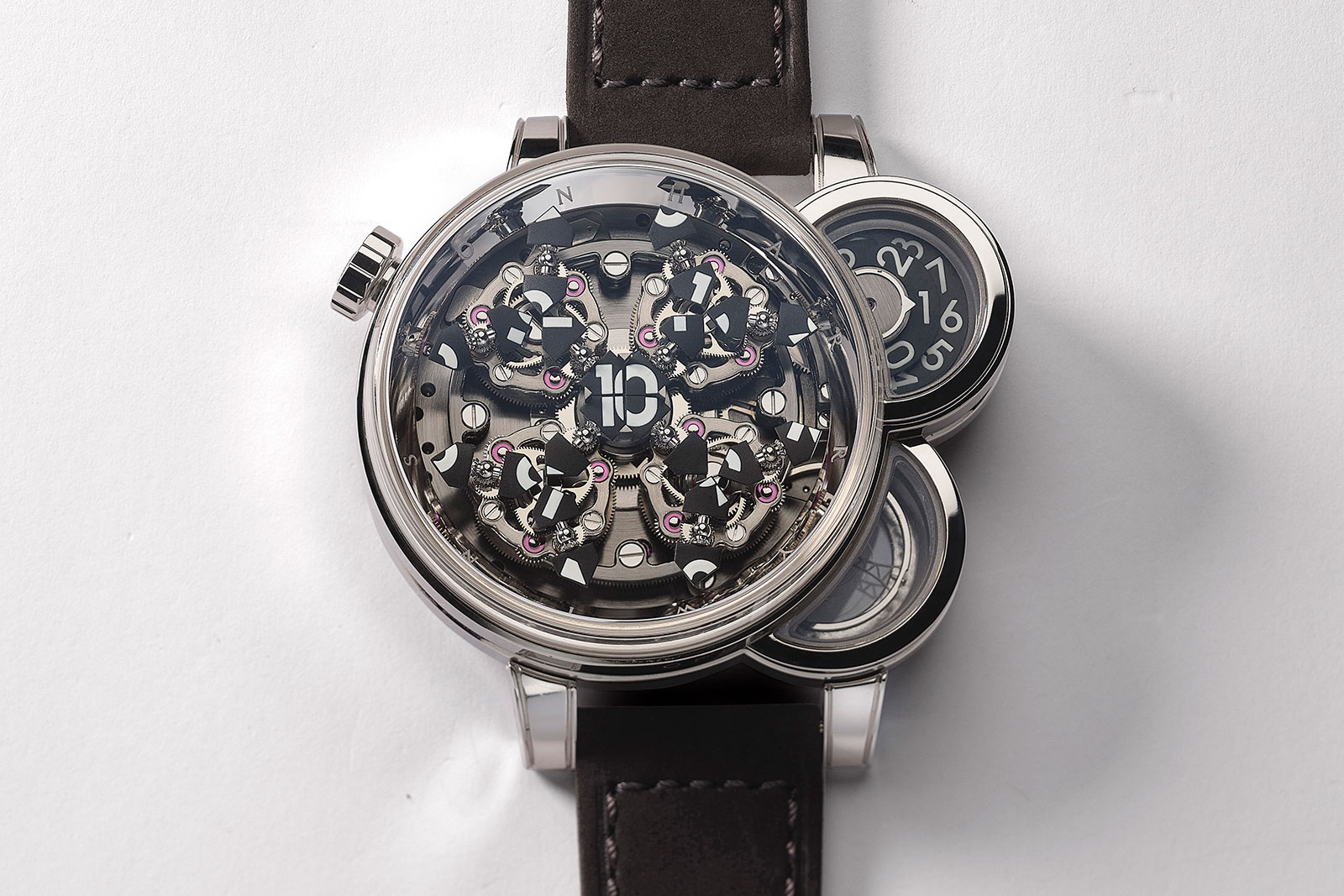
Invented by Denis Giguet, an engineer who later founded now-defunct brand MCT, the Opus Eleven is a time-only watch. Minutes are indicated on two discs within the aperture at one o’clock, while the aperture just below reveals part of the balance wheel.
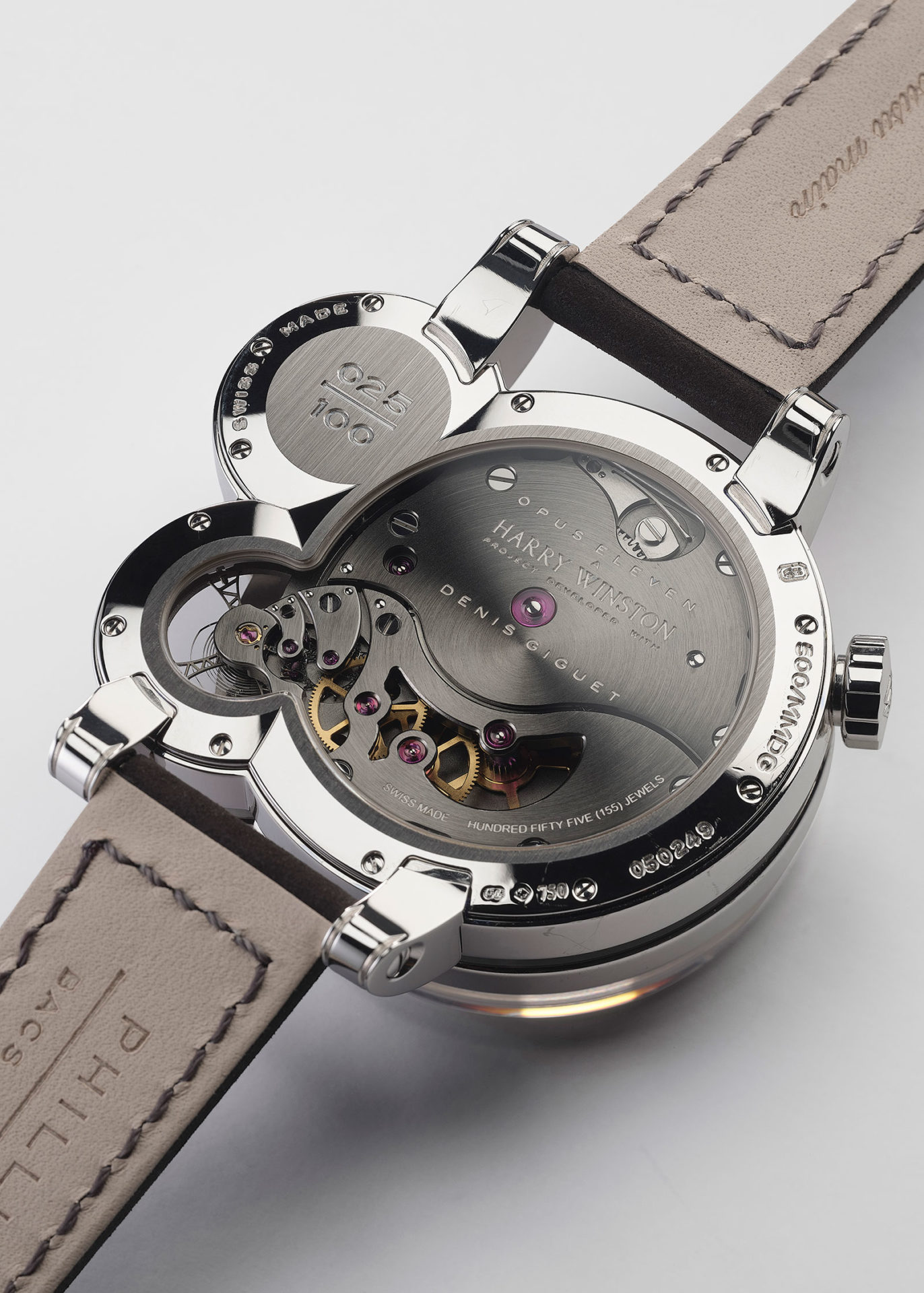
Its genius lies in the ultra-complicated hour display that takes up most of the real estate. Four satellites on a carrousel each carry six panels, and once an hour the satellites perform an intricate dance, shuffling the panels to form the current hour numeral in the centre of the dial. At the top of the hour, the numeral “explodes”, splitting into its constituent panels, and the dance starts anew.
This watch is accompanied by all the original packaging and accessories, though I wouldn’t count on its as a dependable timekeeper. The estimate is CHF73,000-110,000.
Lot 265 – Lang & Heyne Friedrich III
Now having neither Lang nor Heyne at its helm – Mirko Heyne departed shortly after the brand was founded while Marco Lang left last year – Lang & Heyne is inching towards the unfortunate fate that has befallen many independent watchmakers before.
But that doesn’t take away from the quality of its watches, which is a result of the rigorous standards imposed by Mr Lang. The Friedrich III is the brand’s entry-level model, but the movement is still a beautifully finished and artfully constructed calibre that is inspired by 19th century pocket watches.
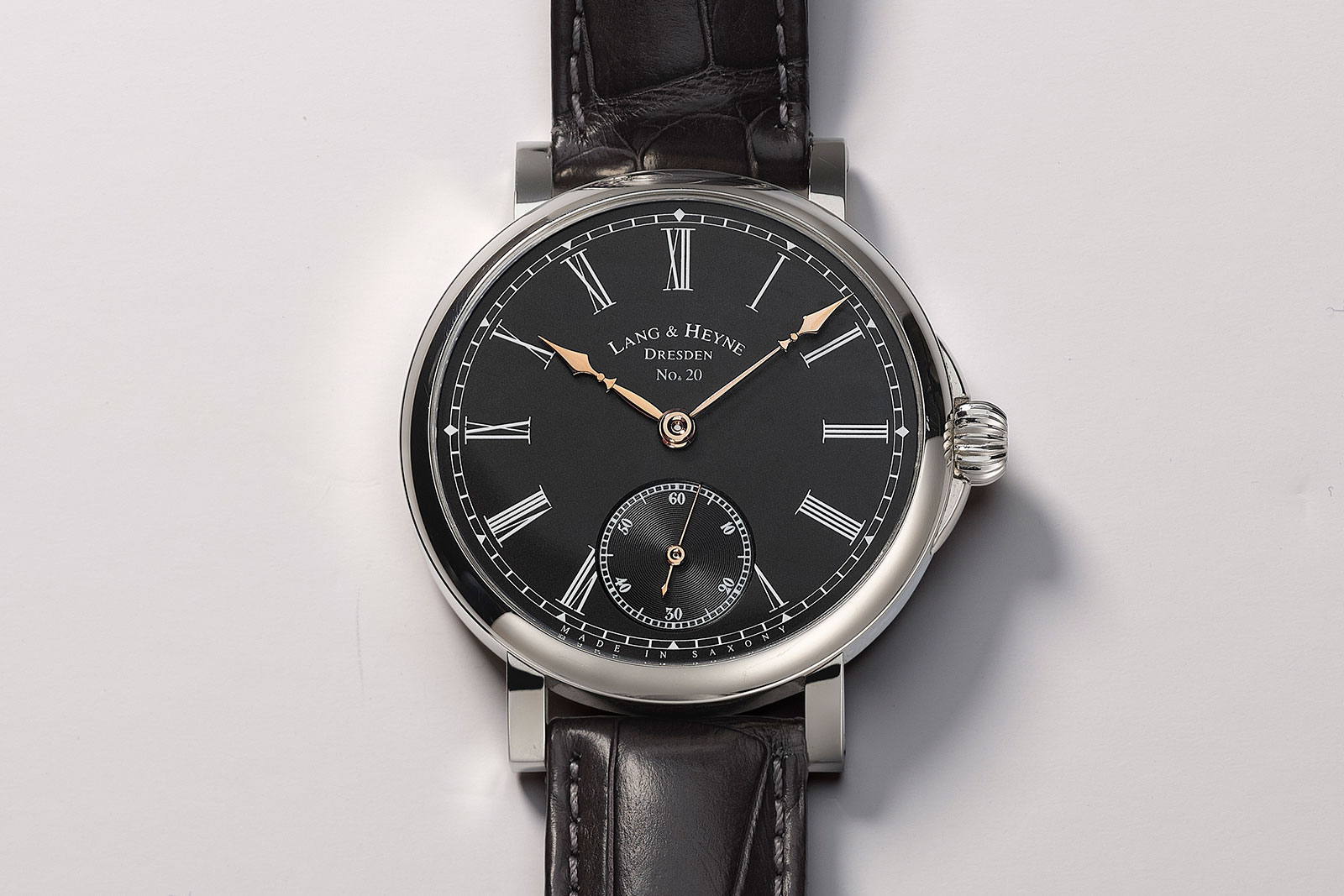
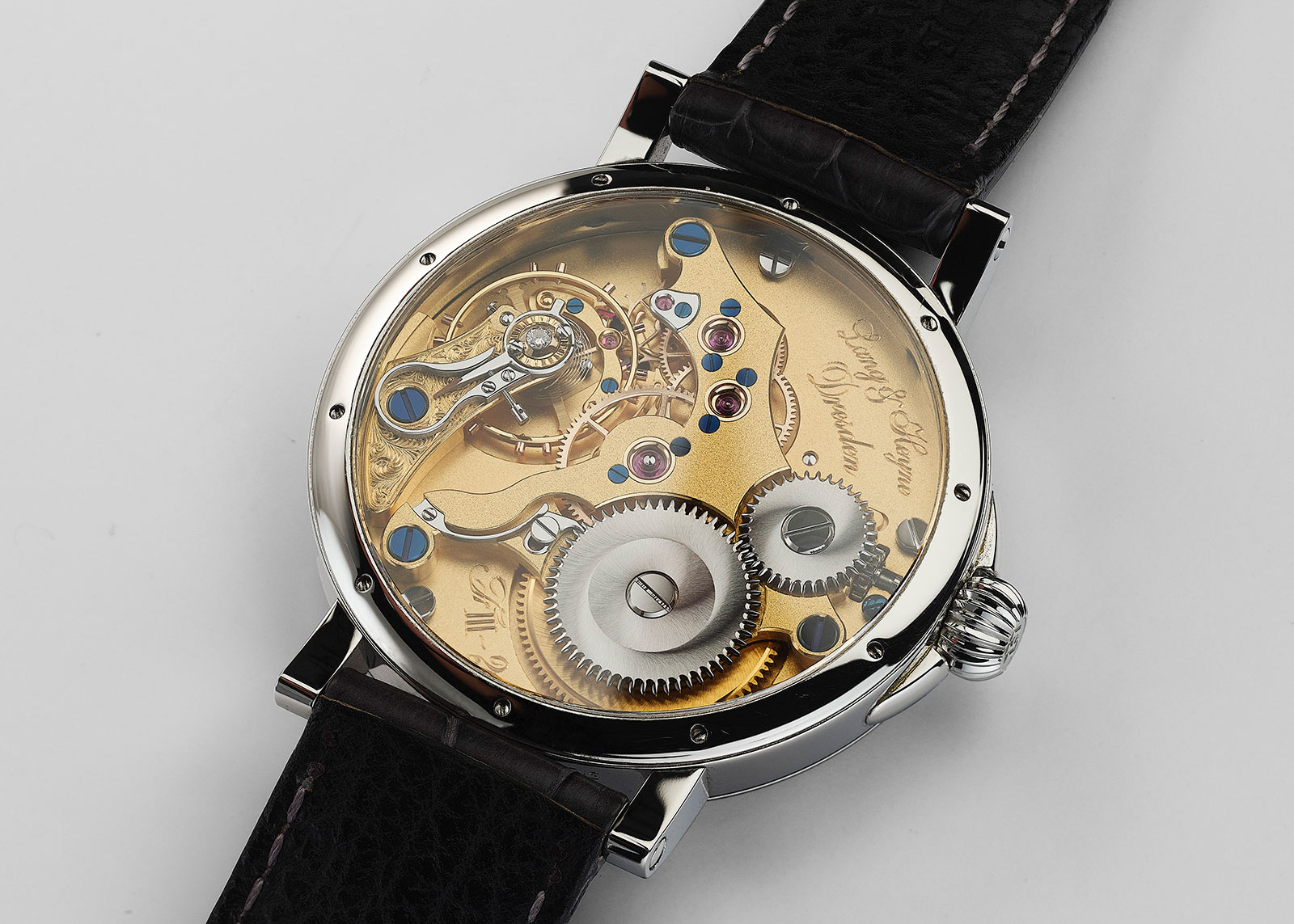
Featuring a steel case, this example is unusual in having two dials, the black dial installed on the watch and an extra silver dial with matching white gold hands. Notably, extra dial has no serial number on the dial, in contrast to the brand’s standard dials. It has an estimate of CHF8,000-12,000 and no reserve.
Lot 266 – Seiko Credor Eichi II in platinum
Unquestionably one of the most finely finished watches available today, the Eichi II is aesthetically pure and decorated to an exemplary standard, but also technological in a distinctly Japanese manner. Made in the tiny and artisanal Micro Artist Studio where Seiko produces it top of the line watches, the Eichi II is often regarded as Japan’s answer to the Philippe Dufour Simplicity.
In fact, one of the stories of its genesis is often told and now familiar: two artisans from the Micro Artist Studio journeyed to Switzerland to study with Mr Dufour, and returned with Gentian wood from the Vallee de Joux required for polishing the bevels of the movement bridges.
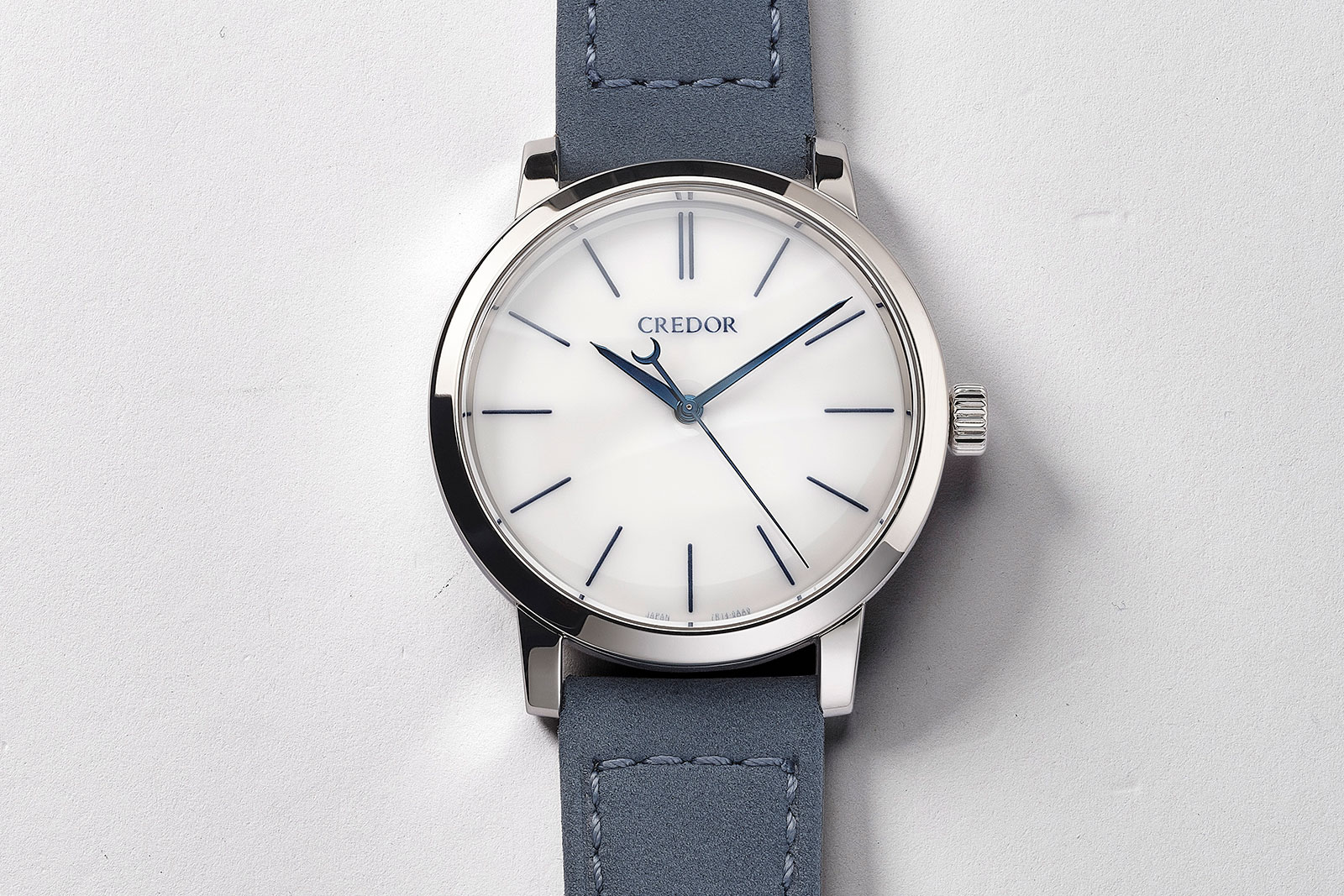
This example is an early Eichi II, dating from 2015, shortly after its launch in late 2014. A subtle detail that distinguishes watches from prior years is the gilt-filled engraving on the movement, which has now been replaced by blue lacquer filling.
This has an estimate of CHF20,000-40,000, with even the high estimate well below its approximately CHF60,000 retail price.
Lot 284 – Voutilainen L’Esprit du Bois decimal repeater
One of Kari Voutilainen’s signature creations from his early years were his decimal repeaters. Producing one every so often – the total number is perhaps two dozen – his eponymous brand made each decimal repeater unique in both design and complication, but all shared similar fundamentals.
The base movement is a high-end ebauche originally made for a ladies pendant watch in the late-19th or early-20th century, probably by LeCoultre or Louis Elisée Piguet. It was then completed, finished to the very highest degree, and also modified to be a decimal repeater, striking the time in ten-minute segments instead of quarters.
Named L’Esprit du Bois, or “Spirit of the Forest”, this particular decimal repeater is unusual in being extra large, with a case that’s an imposing 43 mm instead of the usual 38 mm. And it has a hunter back with a relief engraving done by Eddy Jaquet, a Swiss artisan who frequently works with Voutilainen and decorated many of the decimal repeater cases.
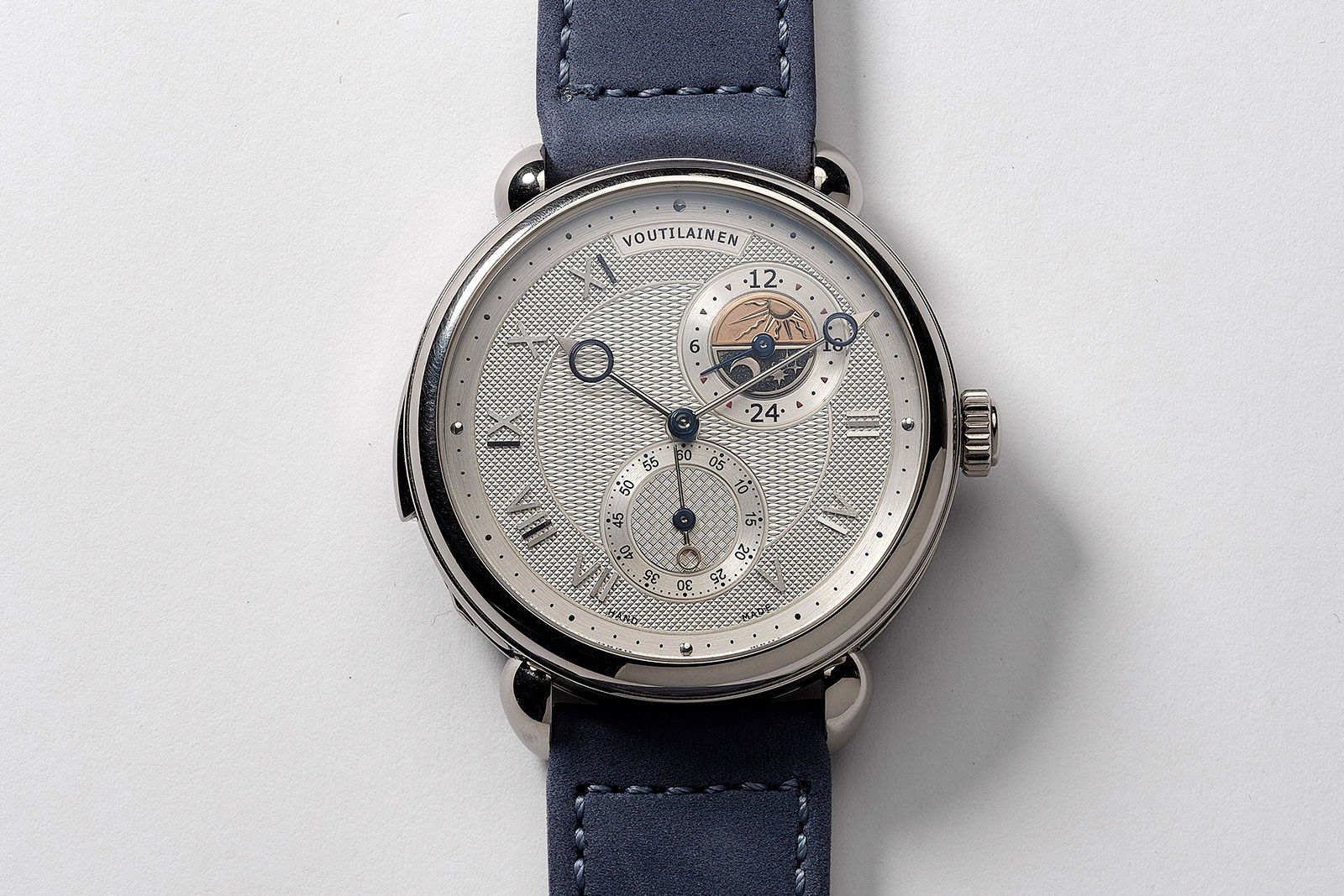
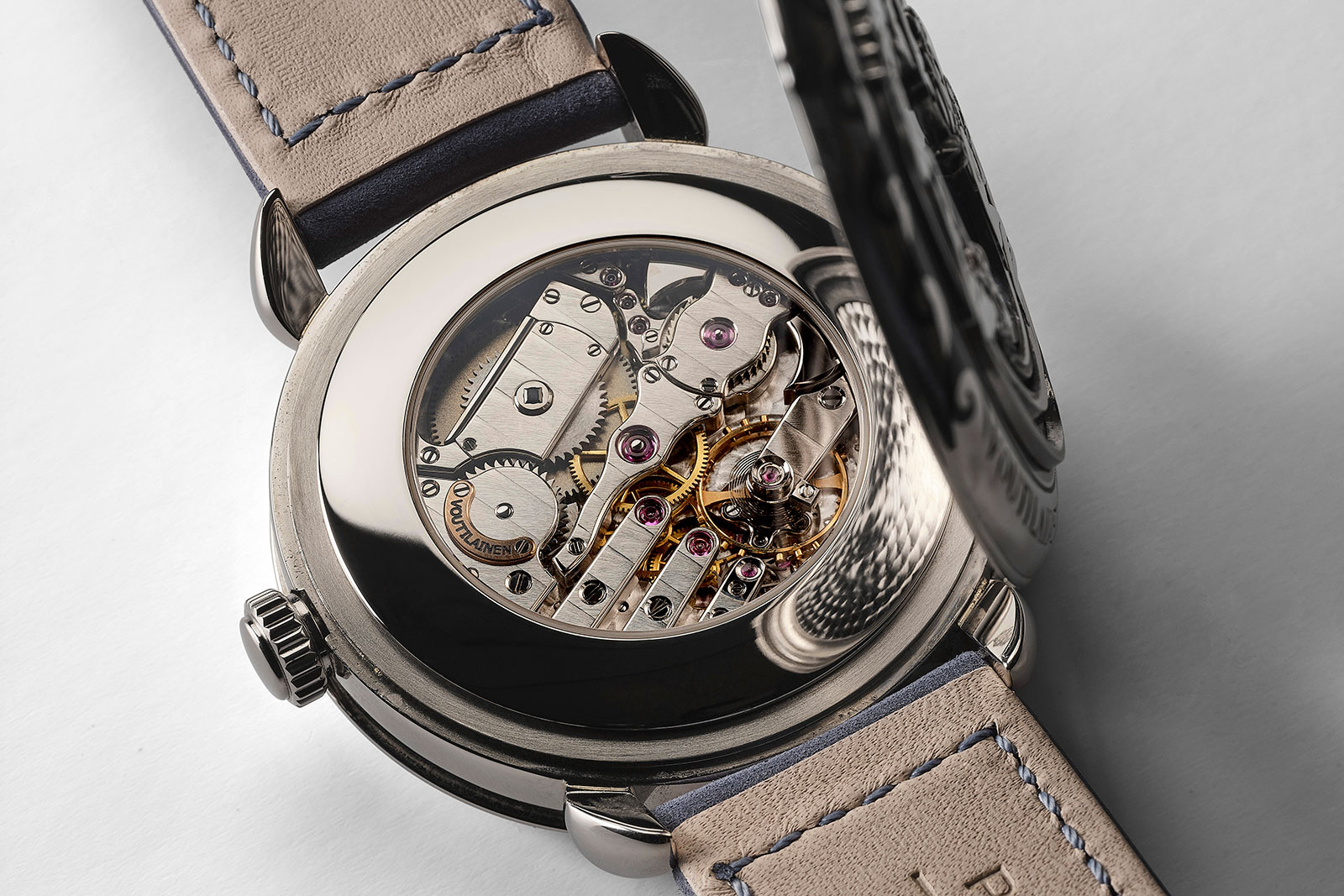
Even though the case is substantially wider than usual, the dial is still attractive, though the seconds register does sit quite high. It’s asymmetric in layout, with a day and night indicator at two o’clock, but done in the style of Voutilainen’s earlier watches, with details that bring to mind the Observatoire.
Similarly, the movement is also similar to the brand’s earlier work, still lavishly decorated in an artisanal manner, but less elaborate in terms of modifications. Take for instance the period-correct balance wheel with timing screws found here, instead of the fancier, proprietary balance found on more recent decimal repeaters.
The estimate is CHF135,000-225,000, well below the CHF350,000 or so that a similar watch would cost now.
Preview and Auction
The preview exhibition is open daily from November 4-9 – by appointment only. And the auction starts at 2:00 pm CET (GMT+1) on Sunday, November 8, 2020. Both take place at Hôtel La Réserve.
Hôtel La Réserve
301, route de Lausanne
1293 Bellevue, Geneva
Switzerland
For the full catalogue, as well as appointments and online bidding, visit Phillips.com.
^The author owns these watches.
Back to top.
